Compared with any other start-up sports car maker you care to mention, Ariel’s first 25 years of existence have been remarkably wrinkle-free.
The company made a profit on its very first production car, an Atom 1 sold early in 2000, and it has been impressively viable ever since. Ariel’s founder, designer Simon Saunders, remains in charge.
He is still the driving force behind the creation of new products that are both progressive and in character with that first Ariel. He is joined these days by his son, Henry, as managing director, because the business has grown considerably in the past quarter century.
Today’s Ariel buyers cheerfully wait for around nine months for the car they have configured to be delivered, because the company’s brand values are as unique and well defined as ever, and every year the renowned quality standards get better still.
Such achievements have not been easy, and the company’s grasp of the many different facets of the car business must surely be the envy of far bigger automotive concerns.
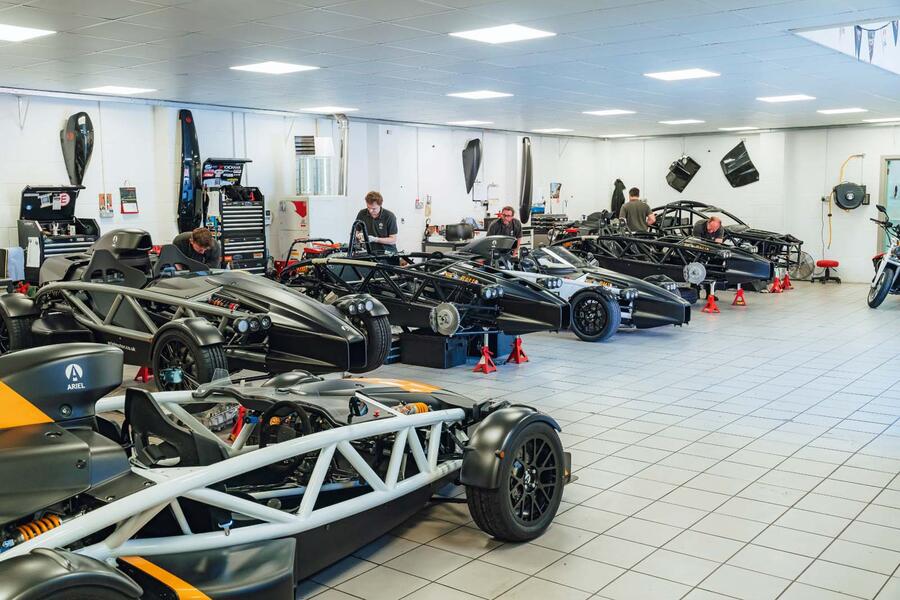
Ariel has created a unique product line-up recognised for delivering superior performance in a crowded, cut-throat field. It has built a new reputation for a famous old name. It has set up a manufacturing operation, finds buyers without the help of dealers, has established servicing facilities and controls its own spares and used car operations – and all from a tiny industrial estate that used to be a Murco service station, just outside Crewkerne, Somerset.
Along the way it has produced 1500 to 2000 vehicles – four generations of the Atom, two generations of Nomad off-roaders and a 10-year line of Ace motorcycles – and made all of them desirable enough to command remarkably high residual values.

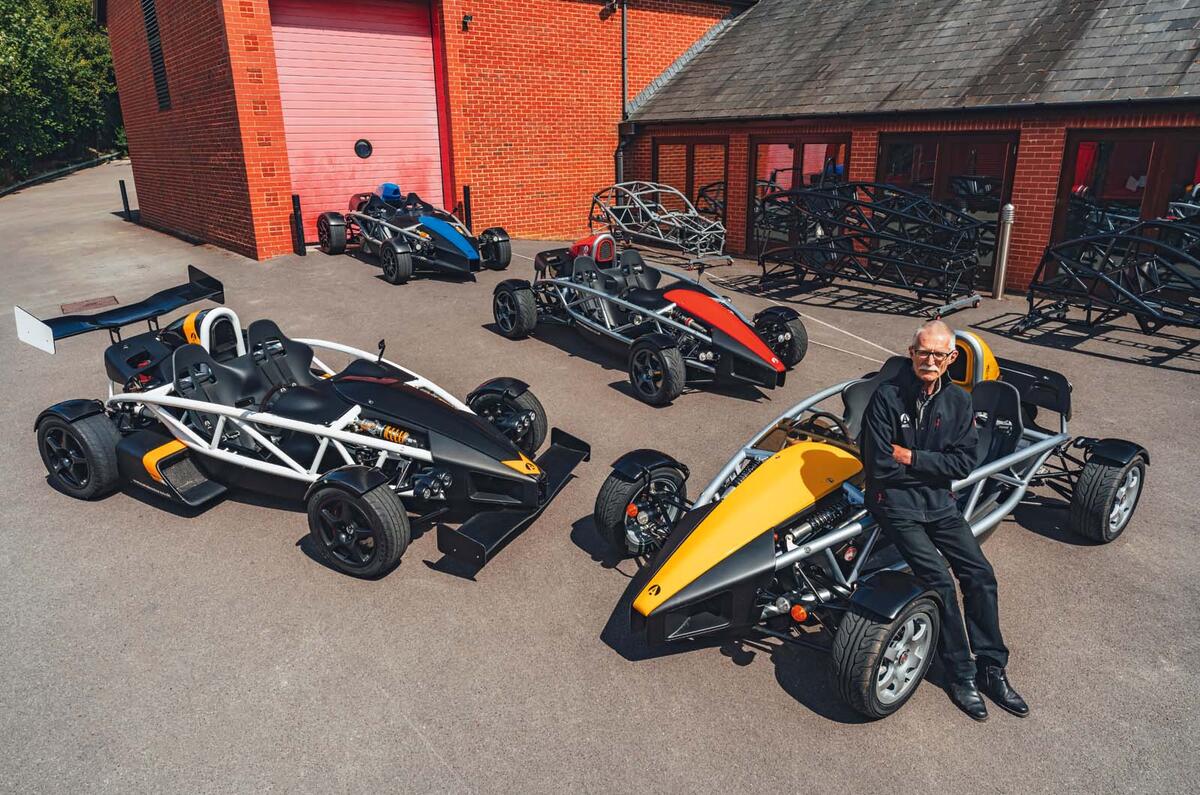


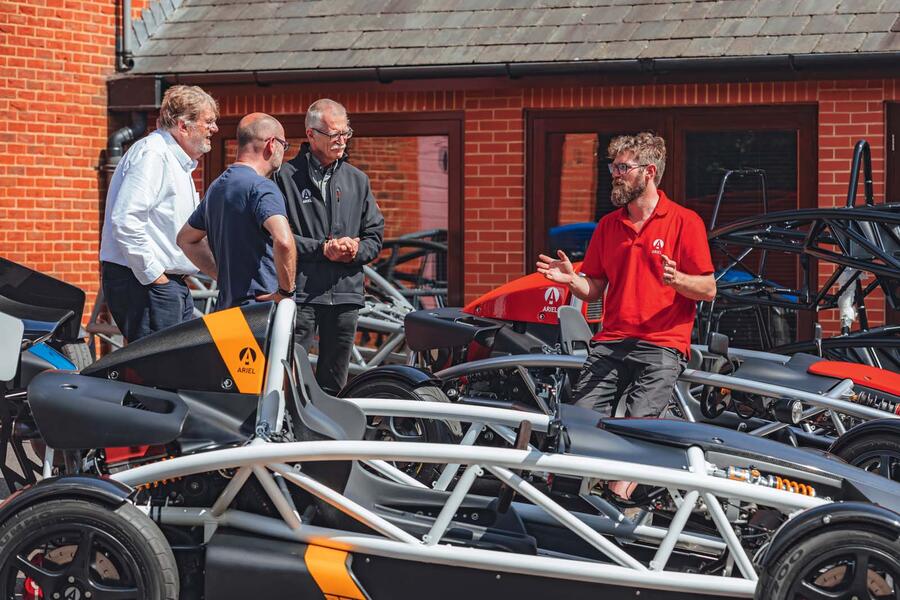

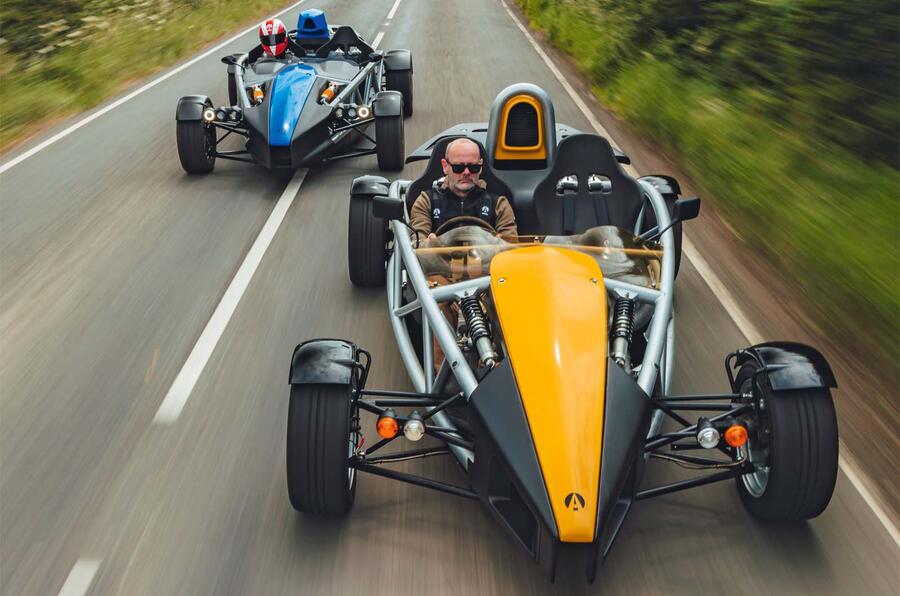
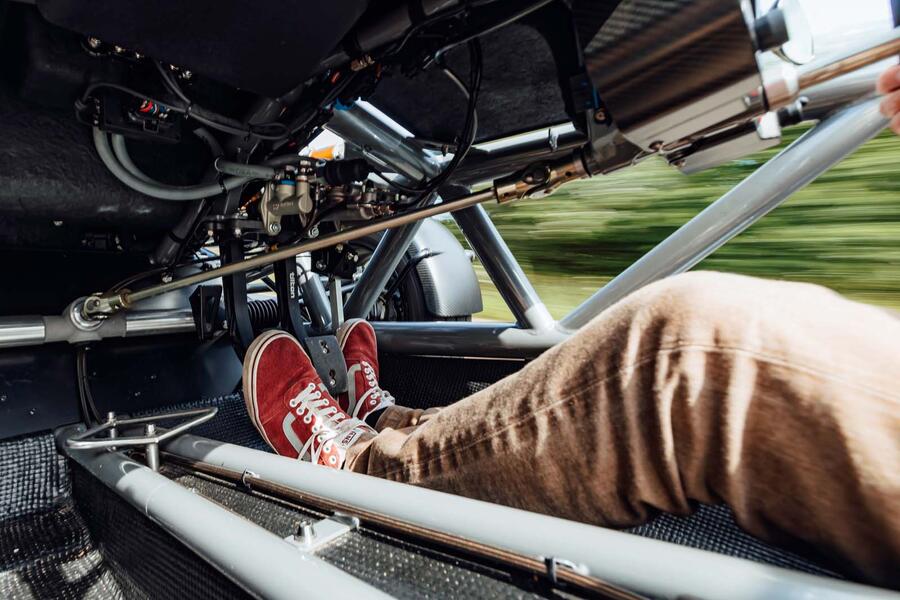
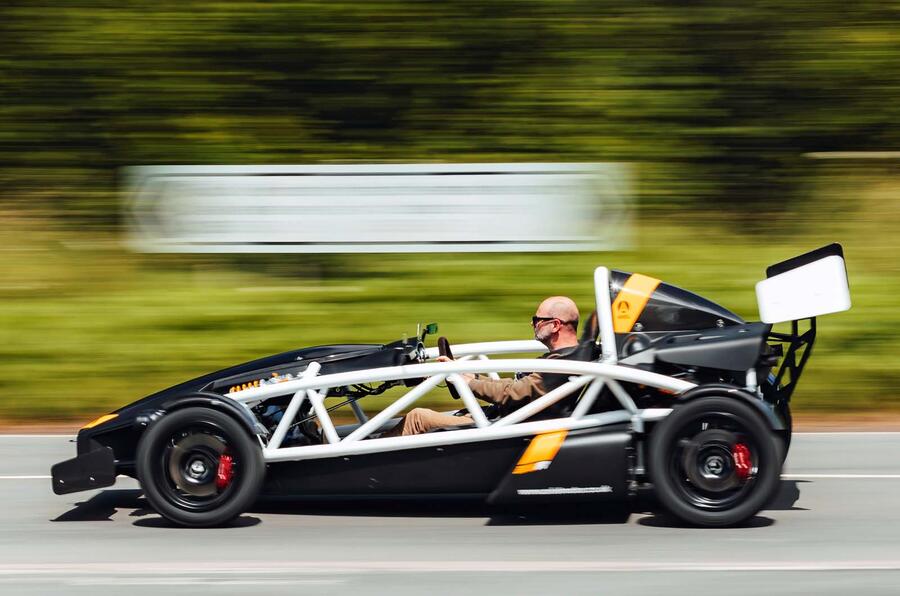
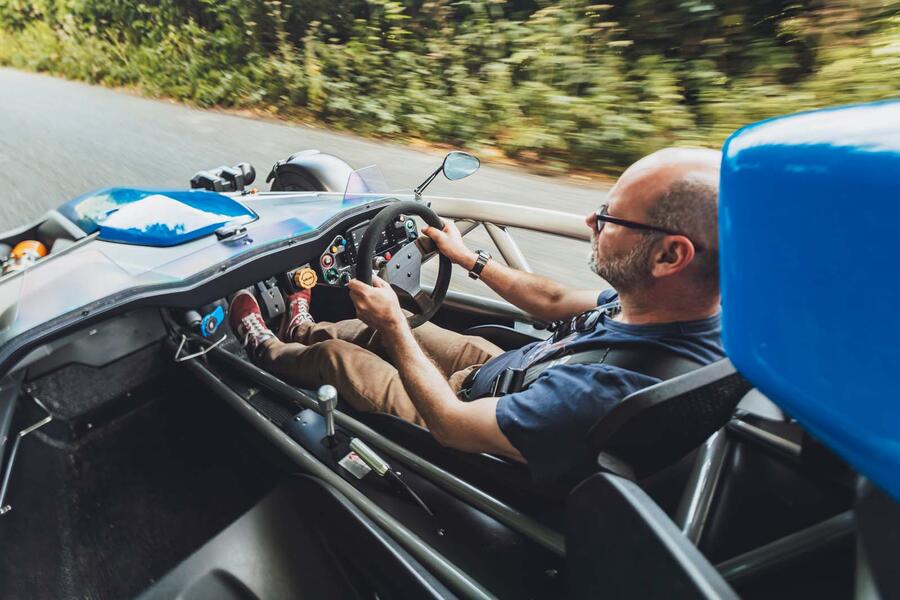






Join the debate
Add your comment
I've long since lost interest in supercars, but should I ever win the lottery an Ariel, probably Nomad, would be quickly added to my garage